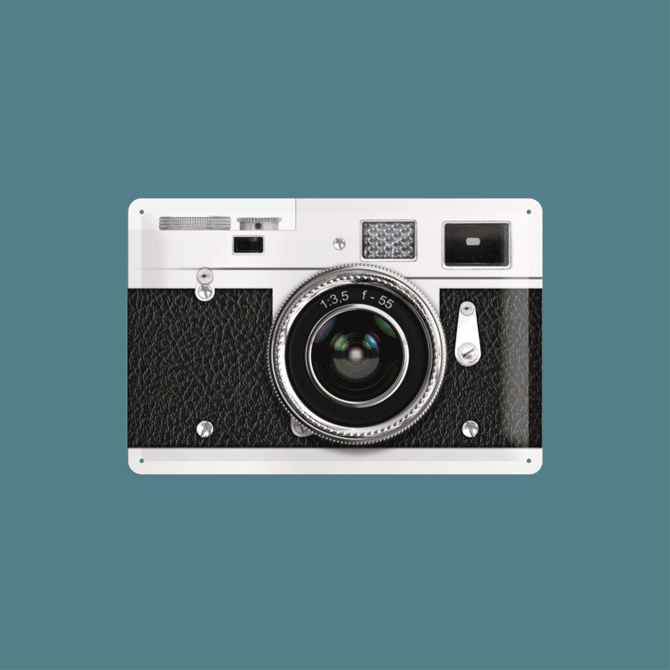Film photography is back and it’s here to stay. Although digital photography still remains the dominant medium, film is very much alive—and currently on demand as photographers discover (or re-discover) the excitement that analog photography brings.
If you too, are thinking of taking a plunge into the trend, this guide will cover all the bare necessities needed to get you started:
What is film/analog photography?
Both a method and a tool, film photography was extremely popular amongst amateur and professional photographers up until its peak in 2003, and would later make a comeback in 2010. The target audience typically ranges from baby boomers to teenagers, as the method gained popularity after it was deemed ‘Instagrammable’. Until today, it is still used by millions of artists and hobbyists who appreciate the process and outcome that comes with using a film camera.
The two most common film formats used are 35mm or 120mm. To produce images, it needs to be washed in chemicals. The chemistry is highly sensitive to light—hence, it has to be handled in complete darkness.
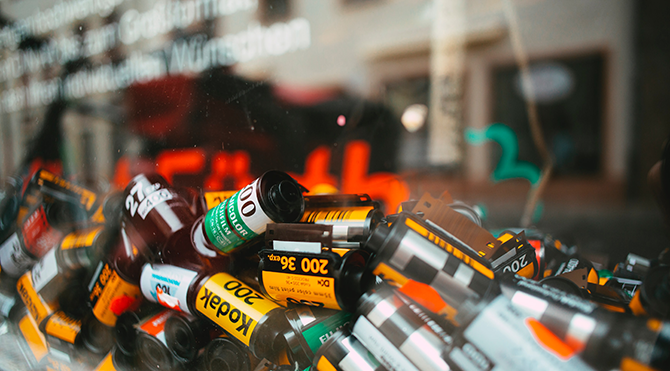
Image: Unsplash | Markus Spiske
If you’ve clicked on this story because you’re still contemplating on whether starting a new hobby is worth your time, effort and money, let us lay down a few reasons why you should take up film photography:
- Who doesn’t want to own a vintage-looking film camera?
- It helps you be more meticulous: Unlike digital cameras these days, film photography forces you to make active decisions all the time. Without an auto button, fully analog cameras require you to learn how to use every knob, button, and lever before you can even take a photo.
- You don’t have to edit your photo: Each brand of film has different characteristics, so much so that the fascinating outcome will make you say goodbye to Photoshop and Lightroom.
- You’ll never know what’s in store for you: Coupled with ageing cameras and films, don’t be surprised if you produce one or two badly-exposed images. It’s not as unforgiving as it sounds—the results may turn out to be more beautiful than you’ve intended for it to be.
- It makes you think twice before snapping a picture: With only 24 to 36 shots per roll, you can’t be too generous with it. Have a think of how you want your shots to look and double check your settings before you click the shutter button.
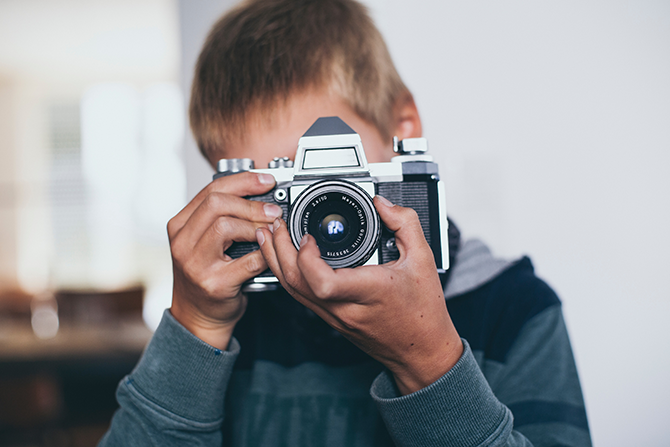
Image: Unsplash | Markus Spiske
Now, if you’re convinced, here comes the next step—buying your first film camera.
Types of film cameras
The first thing that you’d need in film photography is a camera. The most common and versatile camera to kickstart your new hobby is a good ol’ 35mm camera. You can find plenty of old film cameras in thrift stores and online auctions here that could take you to the hipster photography heaven. But unfortunately, this renaissance has caused the prices to skyrocket as of late. However, if you dig deep enough, you can find a camera that will hold its value.
1. SLRs
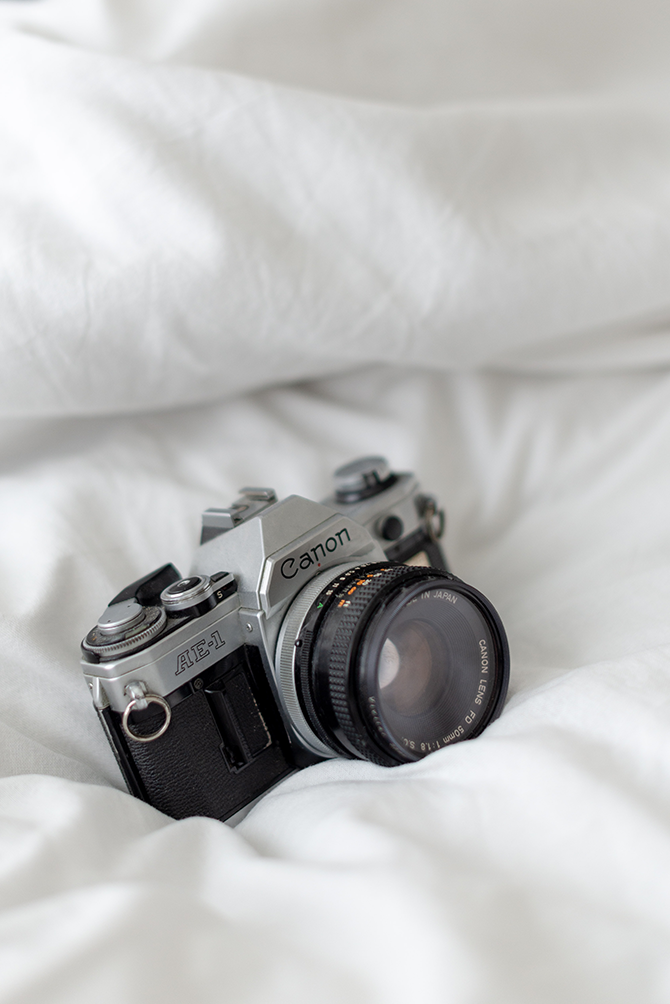
Image: Unsplash | Alessia Chinazzo
When people think of an analog camera, this is what they picture. Similar to a DSLR, the whole experience should seem rather familiar—spot the interchangeable lens and a viewfinder that allows you to look through the lens. Out of all the other options, it’s typically the most durable camera.
Notable SLRs to check out: Canon AE-1, Pentax K1000, Olympus OM-1, Nikon FM2
2. Point-and-shoot/compact cameras
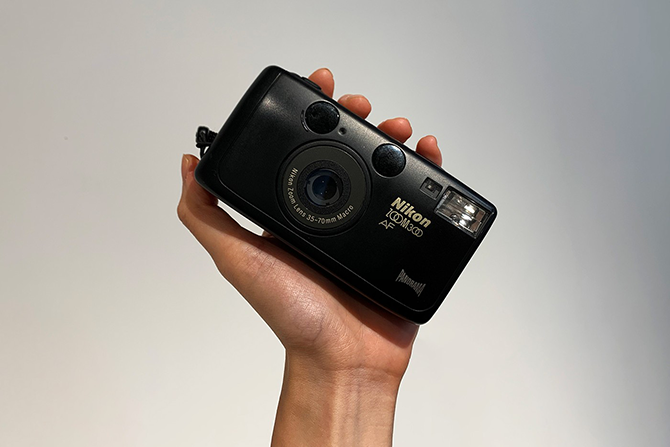
Image: Revenge Season | Yeeun Kim
If you want to just get a film camera without having to go through the exposure, aperture and all that technical jazz, this is the perfect option for you. Compact cameras are the smallest of them all and they use cheaper batteries that you can find at your nearest convenience store. It’s also the more affordable option to start off your film adventure before you dive deeper into it.
Notable point-and-shoot cameras to check out: Contax T2, Yashica T4, Olympus Mju II, Olympus XA2
3. Rangefinders
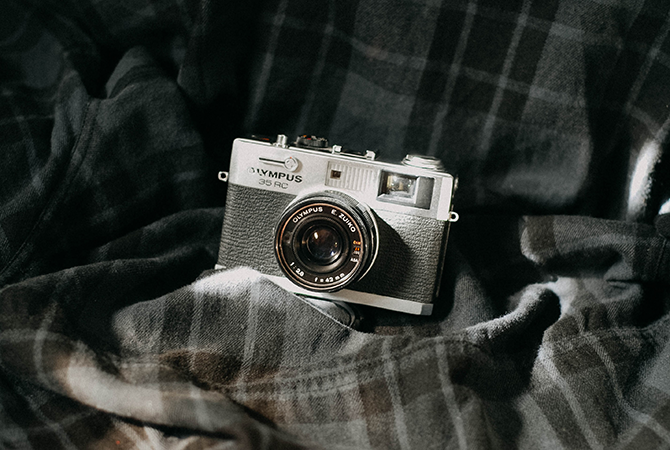
Image: Unsplash | Manh Ngheim
Unlike the SLRs, a rangefinder is typically smaller and its focusing mechanism allows the photographer to measure the subject distance and take photographs that are in sharp focus. Rangefinders are also often the better-looking cameras around.
Notable rangefinder cameras to check out: Leica M3, Nikon S2, Contax IIa, Konica IIIA
These are the basic know-hows that will help you get started in analog photography. Stay tuned for more film photography tips and tricks!
| SHARE THE STORY | |
| Explore More |
